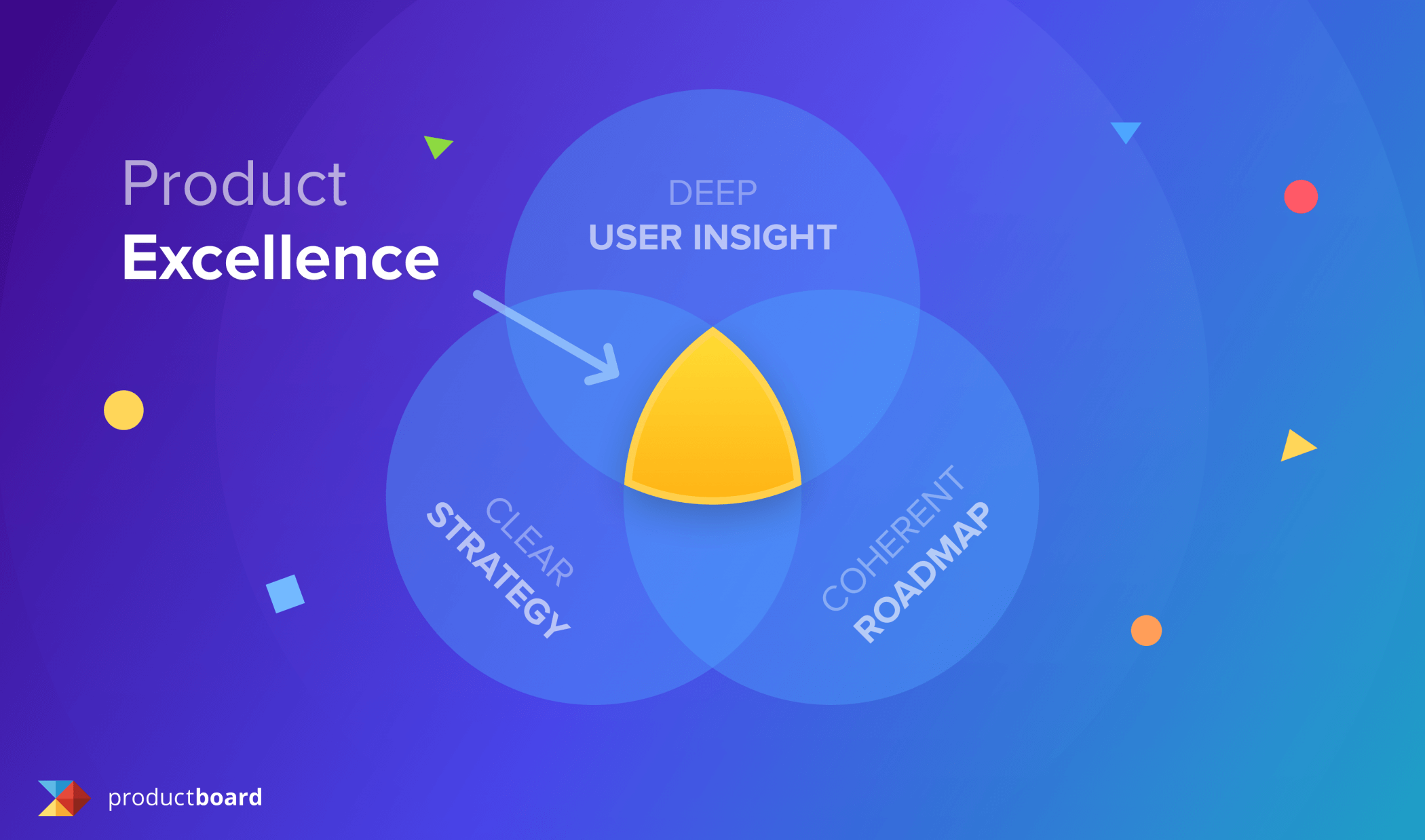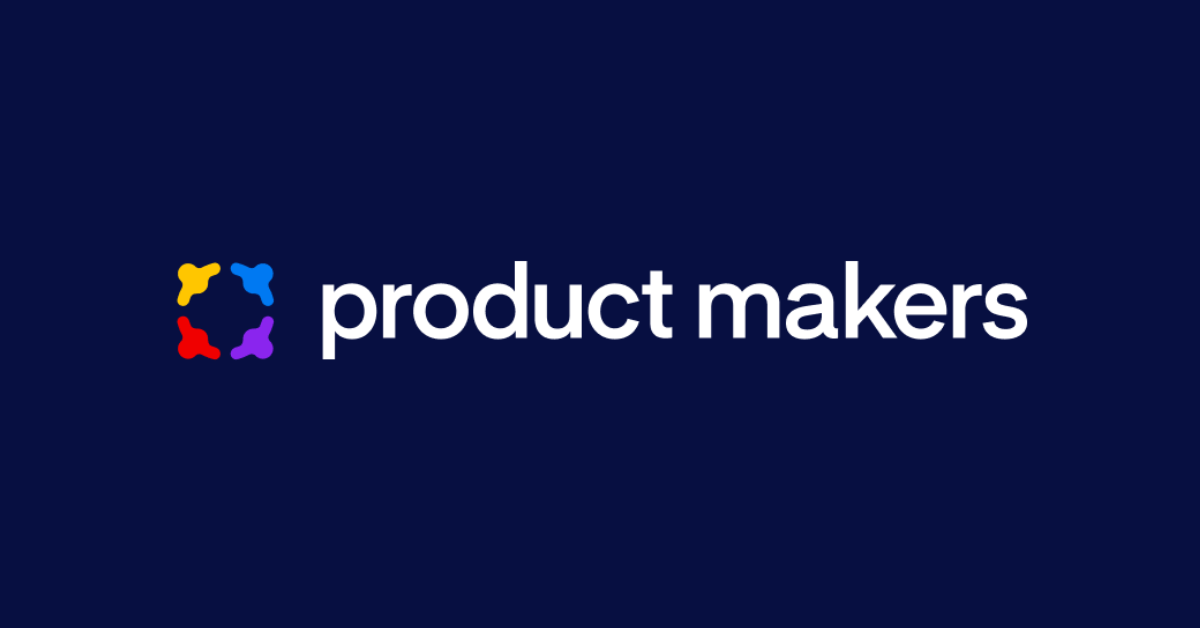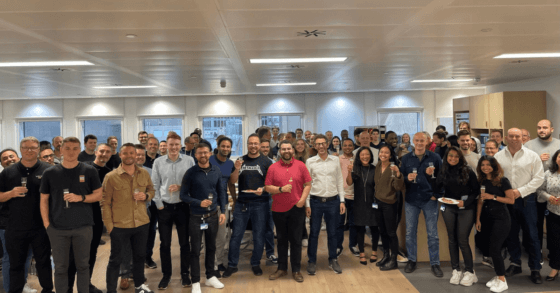productboard CEO Hubert Palan shares what it takes to achieve true Product Excellence

Every product person strives to create great products. But what does it take to achieve true Product Excellence?
productboard CEO Hubert Palan sat down with Mike Belsito, co-founder of Product Collective, for an episode of the INDUSTRY interviews, a series of live Q&A sessions where Mike chats with product leaders from all around the world. The two had an insightful discussion on the topic of Product Excellence and what it really means for product people.
Below are the most compelling insights from the interview.
Product Excellence means different things for different people. What does it mean to you, and why should product people care?
You can use the Lean Startup method to find product/market fit through ideation and experiments. You can use Agile to deliver products efficiently and cooperate with your engineering team. But what was missing was the strategic piece to tie it all together.
So, I started asking myself what methodologies and processes were out there to help product managers build great products. Turns out, there were none. This is how I coined the term Product Excellence.
Product Excellence is a set of best practices that helps product managers build the right products and get them to market as fast as possible. It covers all of the pieces of product management, from the long-term product vision down to the delivery of individual features. We call it Product Excellence because it’s all about being excellent at the craft of product making.

How does Product Excellence compare to product management methods of the past?
The term is relatively new, but the concept has existed in one form or another long before digital products. If you look at traditional retail companies like Procter & Gamble, brand managers owned the products. They might not have had the product manager title, but marketing strategy and deep understanding of the product were critical to their role.
Digital product development, on the other hand, was first driven by people with an understanding of technology but not of marketing and strategy. As a result, a lot of the software products out there didn’t accurately address the needs of customers.
Then other functions of business came in to play. Suddenly we had engineering-led product management, then we fell into building products driven by the needs of the sales team.
As product managers, it’s our job to know what to say “no” to and what to say “yes” to. This requires a fundamental understanding of the market and customer needs, and continually striving to better solve problems for customers.
Unlike product management of the past — that is, a focus on optimizing the delivery of software through development-driven or sales-driven methodologies — Product Excellence places special emphasis on building the right features by deeply understanding customer problems, executing on a clear product strategy, and tapping into knowledge from cross-functional teams and stakeholders.
What advice would you give to product people that want to achieve Product Excellence?
The key is to have a deep understanding of your customers and their needs. Your product vision must be informed by insights coming from the market, user research, and feedback from sales, support, and other internal teams.
You need to have the discipline to identify the needs of the customers across segments. Without clearly defined segments and personas, it’s impossible to figure out what to build next for them.
Get your salespeople, support, marketers, and everyone else in your organization together and try to capture this information. Who’s the customer, what is the size of the market, key job titles, and so on?
Once you have a common understanding of your customer segments, you can drive decisions about what is the most important thing to build for them.

Does the organizational and team structure matter when striving for Product Excellence?
The companies that organize their product teams around needs or pains aligned with a specific customer persona are the ones that experience the highest productivity.
You’re going to achieve better results if the structure allows you to maximize productivity. If you look at the waterfall method, engineering, design, and management teams work as separate organizations. We know that this siloed method of building products is not ideal, so we now emphasize collaboration across teams.
For cross-functional teams to be productive, they need to work around a common goal. Is the team focused on a persona, user journey, flow, or a specific part of the product — like an app page or feature?
The companies that organize their product teams around needs or pains aligned with a specific customer persona are the ones that experience the highest productivity. The more focused you are, the faster and more productive your team will become. This will also allow you to out-innovate competitors.
You have previously talked about “black box” organizations. What does “black box” mean and how does it play into the concept of Product Excellence?
When we look around at companies that are succeeding the most, we see that information is shared freely. Product decisions are shared, the needs of cross-functional teams are taken into consideration, and even if everyone doesn’t get everything they want, they are “bought into” the overall plan.
When transparency around the product management process is the norm, decisions about where the product is headed and why are no longer made in a “black box”. Instead, everyone is clear on what’s coming up next on the roadmap, what was considered and didn’t make it, and, most importantly, why.
Do Product Requirement Documents (PRDs) still have a place in a product-led strategy?
PRDs are artifacts of the past — they’re usually long, stodgy, and non-negotiable. To excel in product management, we need to be flexible and react much faster. This changes not only the length but also the format of how we capture specifications.
The specification should touch on all the key things. Who is the customer? What are their demographics? What are their needs or jobs-to-be-done? It should also define a clear focus — what problem needs to be solved?
The reason we live in a world where, unfortunately, not every product is great, is obviously not because people want to create bad products. Instead, it’s because we don’t understand the needs of customers intimately. Go out and talk to people, and then, more importantly, make sure you capture that information in a way that’s understandable. This helps you clearly define where to start and what you’re going to build next.
. . .
productboard is a product management system that enables teams to get the right products to market faster. Built on top of the Product Excellence framework, productboard serves as the dedicated system of record for product managers and aligns everyone on the right features to build next. Access a 15-day free trial of productboard today.





